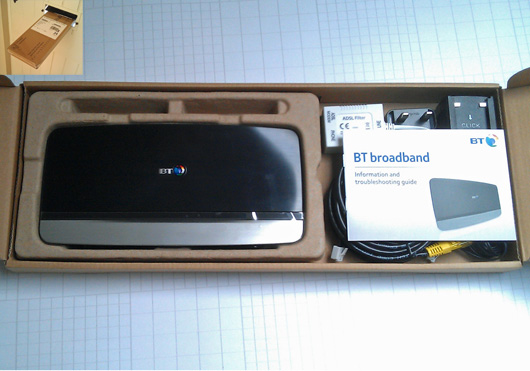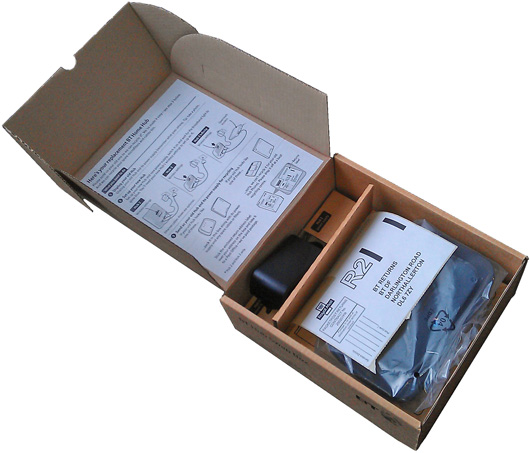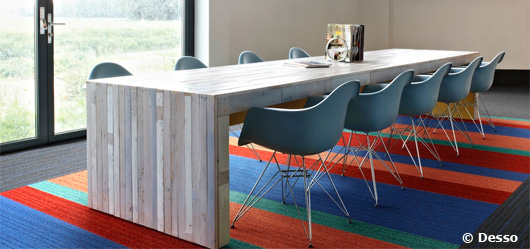Product & service innovations
| |
On this page:
| |
BT - Home Hub | |
The ChallengeTo design a wireless router and packaging solution that fits through the consumer's letterbox, and provides a delightful user experience to unpack and set up. The solution
The Results
External linksSee this BT press release on Home Hub 4. | |
BT - Swap Box | |

The problemIn early 2012, BT Broadband consumers who needed a replacement Hub were being provided with Hub 3s and their old Hubs were being either thrown away or frequently damaged during return to BT. This situation limited the potential refurbishment volumes. In addition, some consumers needed the older Hub 2 model as a replacement (for service compatability) and BT was paying a premium to get thousands of the old model Hub 2s manufactured. The solutionThe solution was to send out replacement Hub 3s within an intelligently designed re-usable ‘Swap Box’ made from 100 percent recycled card, which could carry the different shapes of a Hub 3 or Hub 2, with clear and dedicated instructions for consumers to send their old Hub back and an incentive for doing so. The resultsDuring six months spanning 2012/2013 the Swap Box led to an increase of 43% in the returns rate of Hubs that could be refurbished, which saved 253 tonnes of CO2e, eliminated the manufacturing impacts of 50,000 new Hubs, diverted a similar number of Hubs from eWaste, and provided net savings of £728,000. | |
Desso | |
The ChallengeIn 2009, 600,000 tonnes of floor covering was thrown away, with only only 1% being recycled (source). The solution
DESSO redesigned its carpet tiles for business offices, so that they can be recovered, and then reprocessed to provide new tiles for another client, again and again unlimited times. Stef Kranendijk, Desso CEO during 2007-2012, explains: “the idea is to become a service industry, relying on a leasing system: then you don’t buy the product, you only pay for its use, which means materials remain our responsibility and of course it’s not in our interest to see them wasted, at the end everybody wins.” (source) The ResultsDesso's profits continued to increase 2006 through to 2010, right through the economic crisis. Comparatively, eight out of the ten biggest carpet manufacturers recorded considerable losses in 2009 (source). Desso was also the first carpet manufacturer in 'Europe, Middle-East, Africa' to gain Cradle to Cradle Certification (source). External links
| |
Feedback
We would welcome your feedback on this page:



